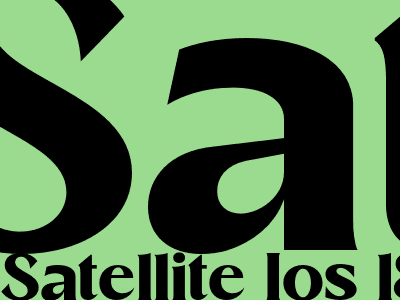
Satellite Ios 18
Content Creators Rejoice: A Comprehensive Guide to Optimizing Your Blogger.com Posts for Search Engines
Unveiling the Secrets of Blogger.com SEO Success
Creating compelling content is just one piece of the puzzle; optimizing your posts for search engines like Google is crucial for reaching a wider audience. By following these SEO best practices, you can ensure your Blogger.com posts rank higher in search results, drive organic traffic to your blog, and establish yourself as a thought leader in your industry.
Crafting Compelling Titles and Meta Descriptions
Your title and meta description are the first impression you make on potential readers in search results. Craft titles that accurately reflect the content of your post while incorporating relevant keywords. Keep your titles concise, around 60 characters, and avoid keyword stuffing. Similarly, write compelling meta descriptions that provide a brief summary of your post. Aim for around 160 characters and include a call-to-action or unique selling proposition to entice readers to click through to your post.
Optimizing Content for Relevance and Keywords
Search engines prioritize content that is relevant to the search query. Conduct thorough keyword research to identify the terms and phrases your target audience is searching for. Incorporate these keywords naturally throughout your post, including the title, headings, subheadings, and body text. However, avoid keyword stuffing, which can harm your rankings. Instead, focus on creating content that is informative, engaging, and provides value to readers.
Headline Structure and Readability
Headings and subheadings break up your content, making it easier for readers to skim and find the information they are looking for. Use H2 and H3 tags for headings and subheadings, and incorporate keywords where appropriate. Ensure your content is written in a clear and concise style. Use short, informative sentences and avoid jargon or technical language. Aim for a readability score of at least 8th grade level to ensure your content is accessible to a wide audience.
Image Optimization and Alt Tags
Images enhance the visual appeal of your posts and can also contribute to your SEO efforts. Include relevant images and optimize them by reducing their file size and using descriptive file names. Add alt tags to your images, which provide a text description of the image for search engines and visually impaired readers. Use alt tags to incorporate relevant keywords and accurately describe the image's content.
Internal and External Linking
Linking to relevant sources adds credibility to your content and demonstrates your expertise. Include links to reputable websites, research papers, or other related posts on your blog. This helps establish your post as a valuable resource for readers and improves your search engine rankings. Additionally, use internal links to connect to other posts on your blog, which improves site navigation and helps search engines understand the structure of your website.
Conclusion
By implementing these SEO best practices, you can significantly improve the search engine visibility and organic traffic to your Blogger.com posts. Remember, SEO is not a one-time effort but an ongoing process. Regularly review your analytics, track your rankings, and adjust your strategy as needed to stay ahead of the competition and continue driving success for your blog.

Comments